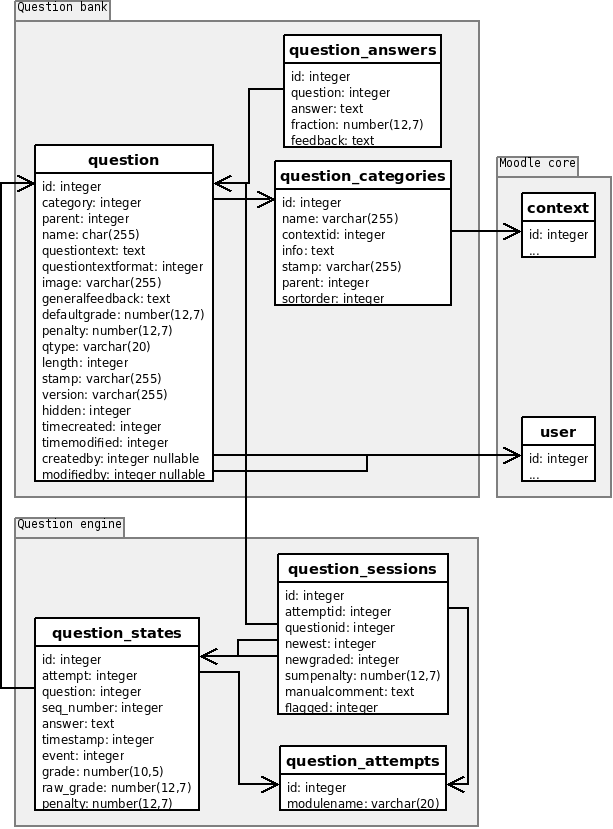

The LOCATION of a database will determine the default location for data of all tables registered to that database. The LOCATION associated with a database is always considered a managed location.Ĭreating a database does not create any files in the target location. You can optionally specify a LOCATION when registering a database, keeping in mind that: In Databricks, the terms “schema” and “database” are used interchangeably (whereas in many relational systems, a database is a collection of schemas).ĭatabases will always be associated with a location on cloud object storage. – Every field i made is “signup checked” because i need the people to fill them from the beginning and not after they receive the private link.A database is a collection of data objects, such as tables or views (also called “relations”), and functions. – I created the hidden field (post->post_name) in the common group What happens is that when i open the pages the two signup forms are exactly the same and in both of them i see ALL the fields and the field groups i made, without distinction. I also will need to add more specific field to both the shortcodes (is there a limit?). To do that i’ve put the shortcode: in a page and the shortcode in a different one. And not the others filed group dedicated to the other group of participants. So if i go to the “Professionals” signup page i should see: Personal informations (common), specific groups (professional details, categories etc). I created different field groups: every single one of them must be published only in the related group page, following the common group. They are on two different pages and they share one of the field group, which is about personal informations. Hi, i need to create two different forms (as in your example “red” and “blue”). We’ll call them “common,” “red” and “blue.” When you set up the shortcodes, you can do it like this:
MULTIPLE IDATABASE REGISTRATION REGISTRATION
Let’s say you have 3 field groups, one common one and one group for each type of registration form. Setting up two different forms is done using the “groups” attribute of the shortcode. You’ll have one shortcode for each type of registration, and they will need to be on different pages. Once you have all your groups defined, set up your shortcodes. In the “default” value for the hidden field, put “post->post_name” That will be automatically filled with the name of the page the form was on. You can name it “Form Type” or whatever you want that indicates that the value determines which form was used. Set up a hidden field in one of the common groups. A good way to do this is to use a hidden field that records the name of the page the form is on. Since all the registrations will be contained in the same database, you’ll need an easy and reliable way to tell them apart. Once you’ve got your common groups set up, you’ll need to set up at least one group for each form that contains the fields for the particular type of registration the form is for. One or more groups would contain all the fields that are common to both registration forms: things like name, address, email, etc.

Field Groups are defined on the Manage Database Fields page under the “Field Groups” tab. The first thing to do is to organize your fields into groups. We’ll call them “Red” and “Blue.” Each of those forms is going to have some fields in common and some fields that are different for each signup form. Let’s say you have a site where you want to register two types of people.


 0 kommentar(er)
0 kommentar(er)
